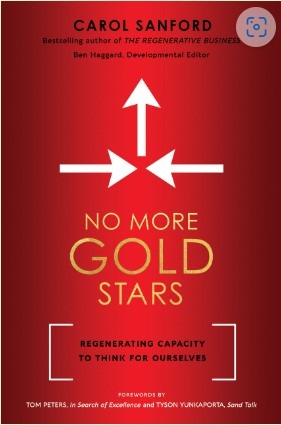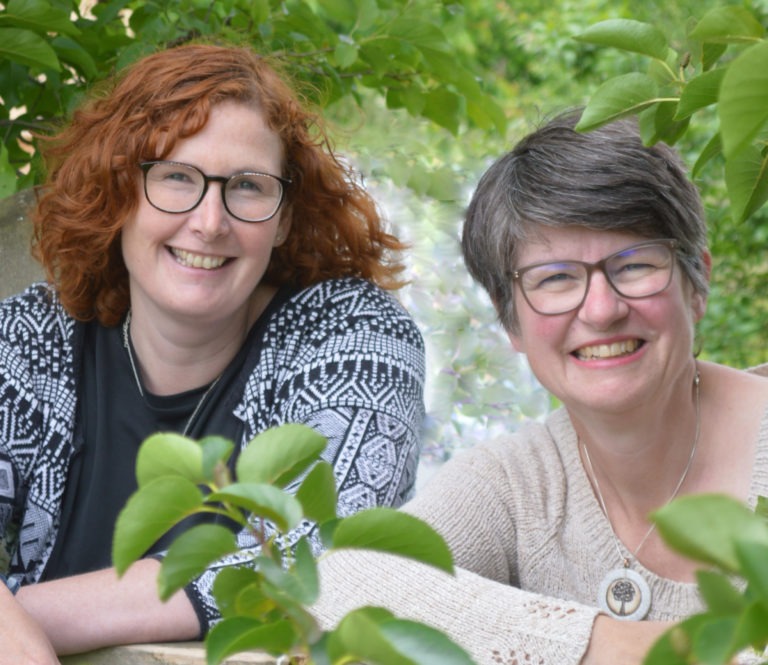
Rooted Leadership talk at Disrupt HR
Want to hear regenerative leadership explained in 5 minutes? Here’s a video of me speaking at Disrupt HR event in Nottingham. If you’d like to
I’ve just returned from a full-on four days in London at the UK’s largest wellbeing festival. Held in Olympia, a Victorian-built exhibition space, we stood and talked to thousands of people on how essential nature and trees are to wellbeing, and 99.9% of people we spoke to agreed. We heard about favourite trees (including an adorable 5 year-old’s description of an oak with enormous roots); the morning walks that take away the stresses of modern living; the forests that had healed broken lives after relationship breakdown, and how just touching a piece of bark calms the body’s anxiety.
So how was it that in the entire show (4 days), a show entirely dedicated to wellbeing, there were only 3 non-human living things in attendance – the three small trees we had brought with us on our stand? As people we are so used to being in spaces – homes, workplaces, shopping centres and leisure facilities devoid of plant and animal life, we have forgotten that is not normal. Even at the show we were surrounded by plants and animals, but they just weren’t alive, simply manifestations of nature– they were in the form of flowery dresses, cuddly toys, plastic banners and artworks showing beautiful landscapes. We have an innate tendency to affiliate with nature (known as biophilia) but we are often trying, unsuccessfully to fulfil it by non-living means. And of course that can’t even come close to providing us with the same benefits to health and wellbeing.
One of the exercises in my book Think like a Tree, is the ‘100% in nature challenge’. I devised this when I realised how much of our time we spend in the company of no nature whatsoever. Connecting with nature is not about going to live in a yurt in a woodland, feeling like we have to get our nature fix because we know it’s good for us (becoming the latest ‘fad’ health craze?), or dragging our kids to tramp through National Parks – it’s about re-thinking how we interact with nature in our everyday lives. The 100% in nature challenge means walking the last ten minutes to work looking at the trees on the way; putting a pot plant in every room in your house, asking your boss to hold a company working party day to create a garden; or bringing back the nature table to your kids school.
When we see nature as something ‘out there’; that we have to make an effort to connect with; we will never engage in the mind-shift needed to integrate our non-human cousins back into our lives in a way that is sustainable for our health, and for the health of the rest of the living world. But when we make the efforts to bring in nature everyday, it becomes the most natural thing in the world (because it is).
It’s interesting to ponder that during our evolution we would have spent more time in the company of other living beings than other humans. We had an obvious mutual dependency, and that lead to a more immediate self-interest not to over-consume from the forests and landscapes around us. We were incentivised not to take more than we needed, to look the consequences of our actions directly, and to return everything we took to nature, with no waste – everything was recycled back into new life. So I believe that re-making these bonds with nature, that were only broken very recently in the history of humankind, holds part of the answer to our environmental crises – of climate change and wildlife depletion. To see other living beings as worthy of connecting with, rather than as simply resources. To see them as cousins rather than inferiors, and to recognise that we all benefit when we spend as much time as we can in each other’s company.
For more information about the ‘100% in nature challenge’ see the book Think like a Tree: The natural principles guide to life, by Sarah Spencer, available on Amazon or www.thinklikeatree.co.uk

Want to hear regenerative leadership explained in 5 minutes? Here’s a video of me speaking at Disrupt HR event in Nottingham. If you’d like to

In “No More Gold Stars,” Carol Sanford challenges conventional notions of achievement and success. Carol is a renowned business consultant and educator and what struck

This week has felt a little bit epic! I have found myself taking deep, exhaling breaths as I sit with the medley of feelings I have